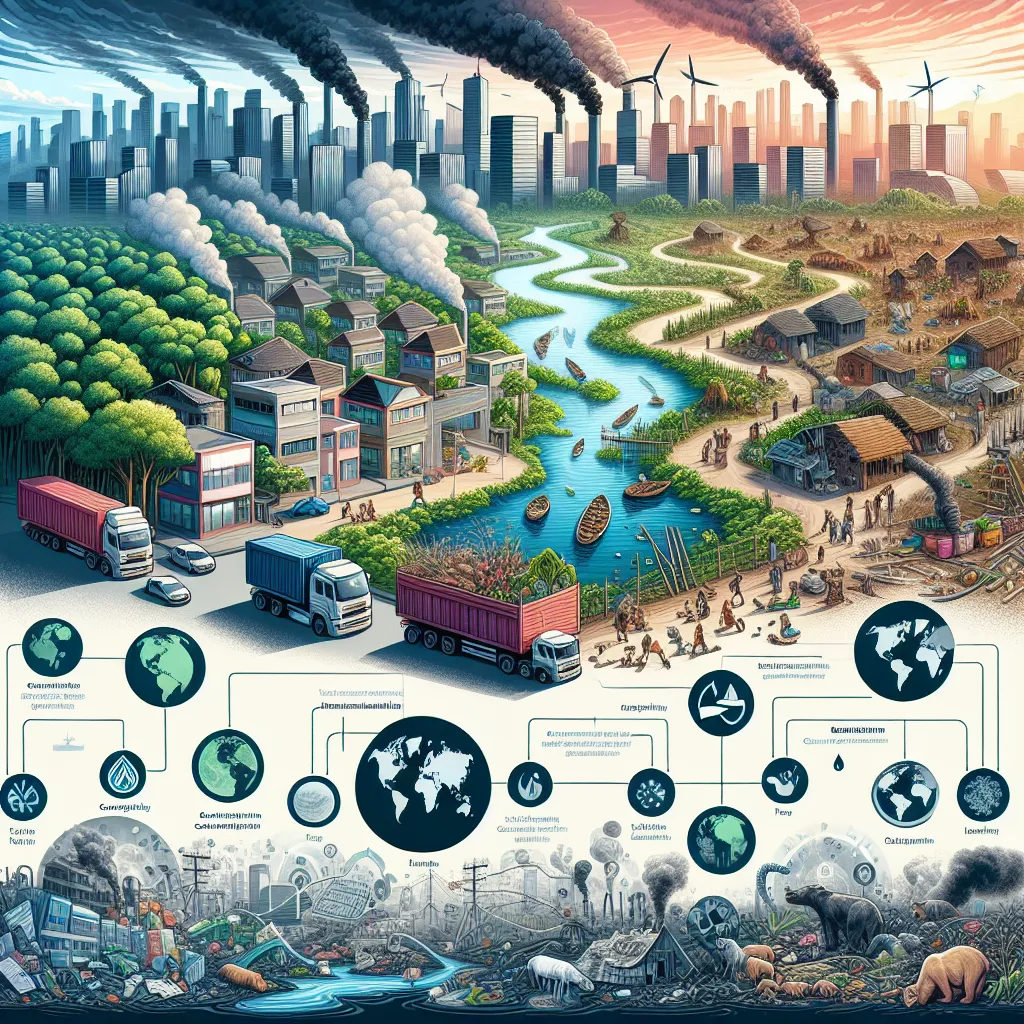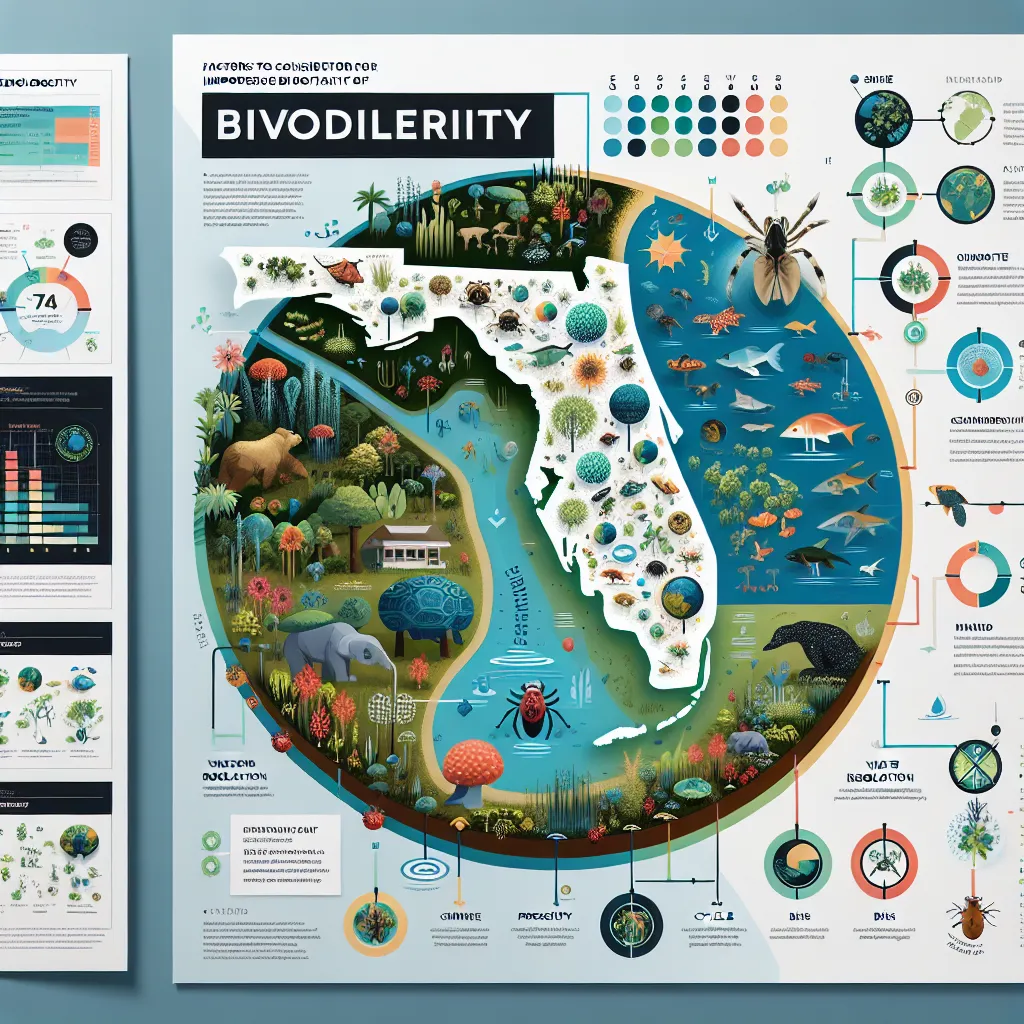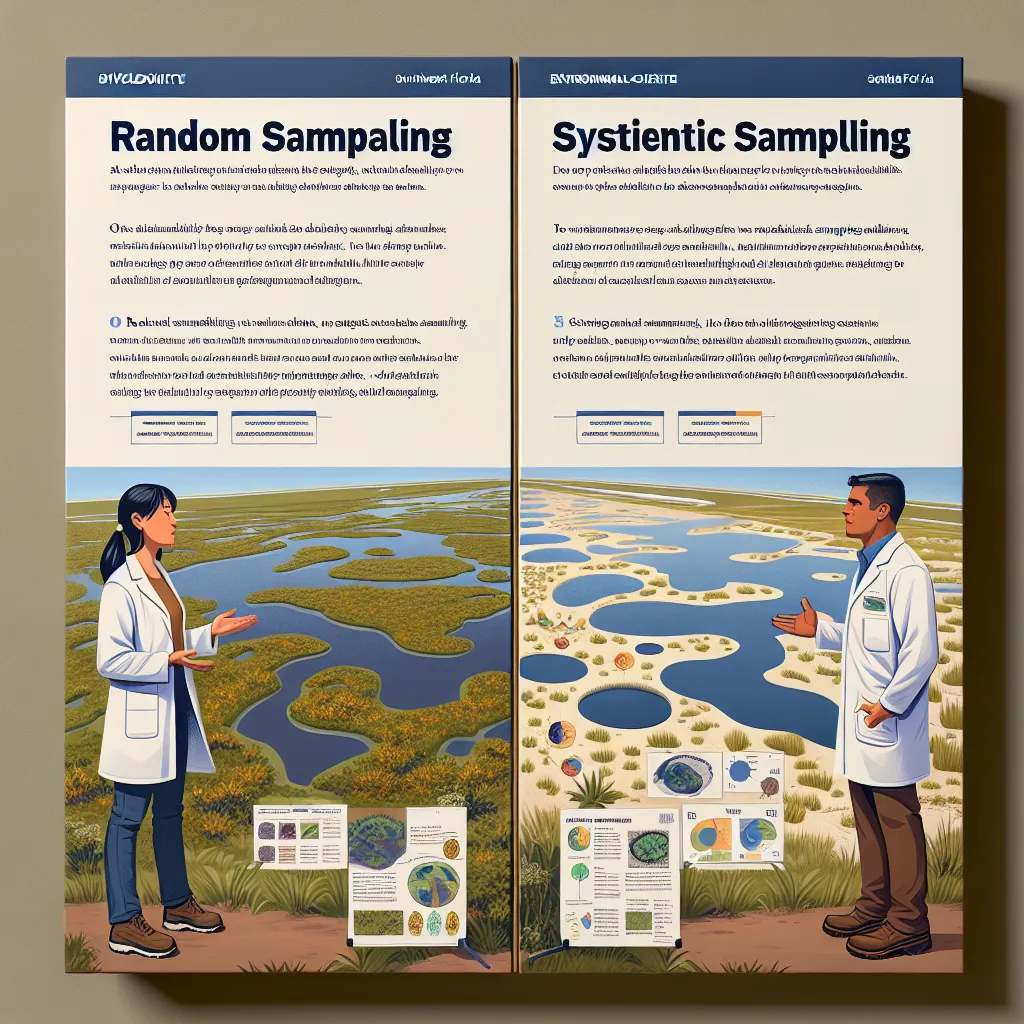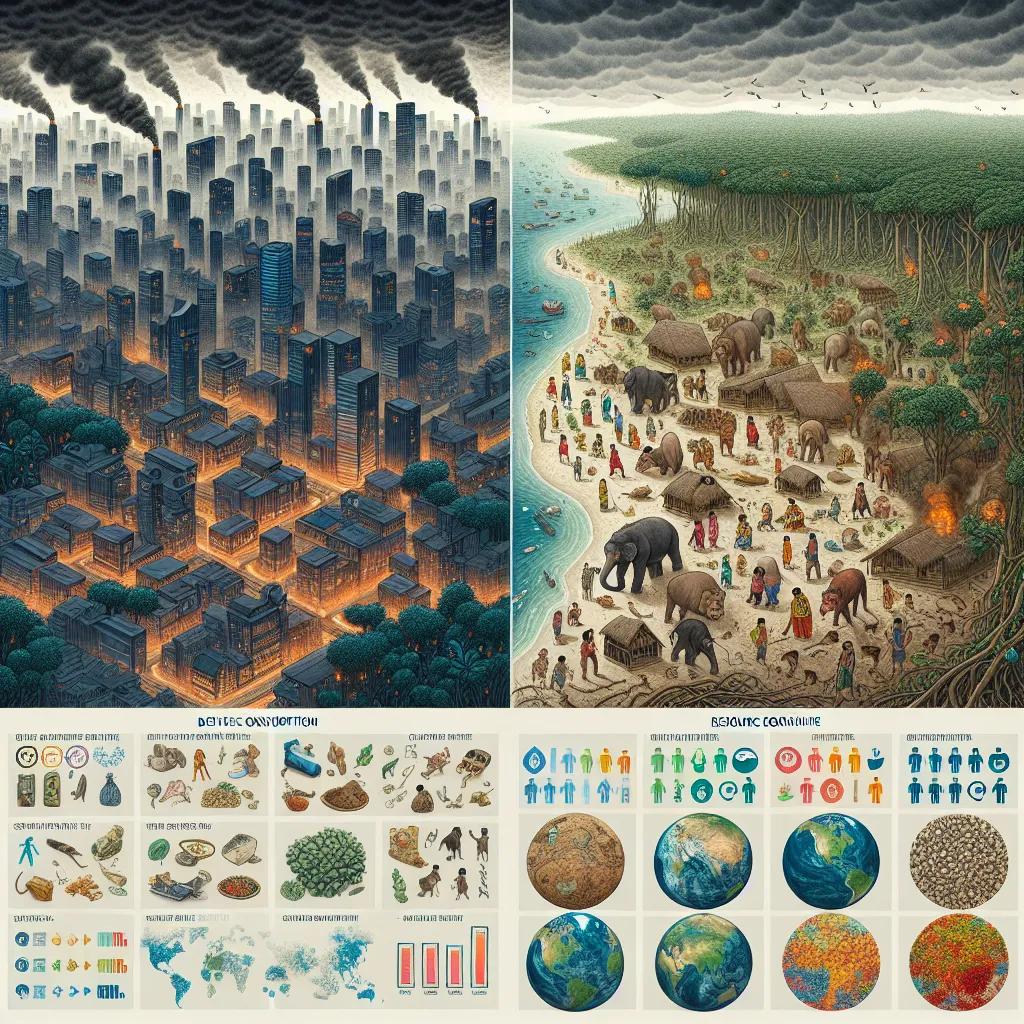Ask AI on The Internet
Question: Make this human and short: Biological diversity provides ecological services that are more difficult to calculate with precision. Living organisms are an important part of the processes that regulate the Earth's atmospheric, climatic, hydrologic, and biogeochemical cycles. Only in recent decades have we begun to understand the dynamics of these global processes, and discerning the functional role of biological diversity within them remains a fundamental and challenging question. This is especially important as we seek to understand how biological systems may affect, and be affected by, global climate change resulting from the emission of greenhouse gasses into the atmosphere. Introduction Example - FGCU Frog Study PART I As an environmental manager, you are asked to create a biodiversity study of 140 acres of land in SWFL slated for residential development. 65 acres of the survey land area consists of wetlands. As a group, you will debate to consider which type of sampling, random or systematic, is most appropriate for this survey. While forming your opinion on the best technique, consider the following: Understand that the basis of this choice of sampling depends on a number of factors, including size, ease of access, and knowledge of the environment. Others include precision, bias and efficiency of strategies. Number of factors within the study to consider (answer a-f) Size of study Ease of access (2 pts) Knowledge of the environment (2 pts) Precision (2 pts) Bias (2 pts) Efficiency of your chosen strategy (2 pts) PART II Prepare both sides of an argument for a debate (you do not know which side you will be speaking for). Think about both sides in detail as well as any counter-arguments for any assertions made. PART III We will revisit this case study and discussion once we have learned section 2.4. Tallahassee Land Development Code Sec. 5-10. - Findings of fact. The commission finds that uncontrolled development of land has a significant adverse impact upon the health, safety, and welfare of the residents of the city, more specifically: (1) The process of land development, which alters natural topography and creates impervious areas, can negatively affect the ecological integrity and functioning of natural resources including water, air, vegetation, and wildlife; (2) The emotional, physical, and economic well-being of the community depends, in large part, on a balance between reasonable regulation to protect the environment and flexibility to develop property in a profitable and functional manner; (3) Substantial economic losses and increased future tax burdens will result from adverse development impacts or overly intensive land uses on natural resources and public and private property; (4) Stormwater runoff carries sediments and pollutants into receiving water bodies, degrading water quality, and decreasing their capacity to hold and transport water and to perform other beneficial functions; (5) Improperly channeling stormwater increases the velocity of stormwater runoff, thereby increasing erosion and sedimentation and reducing the effectiveness of natural surface water features; (6) Increases in the amount of impervious surface associated with urban development, improperly managed stormwater runoff, or inappropriate encroachment into the floodplain, can increase the incidence and intensity of floods, endangering property and human life and reducing the beneficial functioning of wetlands, water bodies, and floodplains; (7) The increase in nutrients such as phosphorus and nitrogen accelerates eutrophication of receiving waters, adversely affecting flora and fauna; (8) Tree or vegetation removal can contribute to reduction of groundwater recharge, air purification, stormwater retardation, replenishment of native species, protection of endangered or threatened species, and scenic areas; (9) Tree or vegetation removal during development activities may accelerate the process of air pollution, erosion, sedimentation, stormwater runoff, species decline, and instability of the shallow groundwater table, endangering property and quality of life; (10) Impervious surfaces exposed to solar radiation absorb the sun's energy and radiate heat back into the atmosphere, causing a change in ambient air temperature and an increase of energy consumption in heating and cooling buildings and motor vehicles; (11) Insufficiently buffered uncomplimentary and incompatible land uses adjacent to each other can degrade the appearance, character, and value of existing land uses; (12) Motorists may become distracted by movement, noise, glare, or obstructions in or near vehicular use areas where safe passageways and boundaries of abutting properties are not clearly delineated, and may cause injury to pedestrians and others; (13) Tallahassee's watersheds, including Lake Jackson, which has been designated as an "Outstanding Florida Water" and "an aquatic preserve," contain valued and productive natural features which add significantly to the quality of life of the residents and visitors of the city. Past, present, and future urbanization threatens to continue to degrade water quality and impair natural functions, thus reducing benefits and increasing public management costs; (14) Many of the city's watersheds are unique in that they are "closed surface systems" with minimal flow from groundwater and maximum dependency on stormwater runoff and rainfall to maintain both water quality and quantity. These closed systems are particularly vulnerable to adverse quality and quantity impacts from urbanization; (15) Tallahassee's watersheds continue to evidence symptoms of declining water quality, which results from stormwater runoff from growing urban areas. The extent of this decline has increased steadily and will continue to increase unless appropriate management and conservation actions are undertaken. The increasing abundance of aquatic weeds, cultural eutrophication, turbidity, inorganic solids, and altered fish and wildlife populations reflect this decline; (16) Tallahassee's Intergovernmental Technical Task Force has advised that immediate and decisive action is imperative in order to reverse current trends of decline in the city's precious and irreplaceable watercourses, wetlands, and floodplains, which, as receiving waterbodies, are elements of the city's surface water systems; (17) It is essential to protect the environmentally sensitive areas adjacent to watercourses and waterbodies from disruption and encroachment in order to preserve vital natural functions relating to water quality, water quantity, and other elements of aquatic ecosystems; (18) It is essential to create a broad-based inter-agency management capability for monitoring, planning and coordination of restoration and other management actions that are flexible enough to respond to rapidly changing events resulting from new scientific findings and strategies; and, (19) Effective management of watersheds must recognize and preserve: A balance of the physical and biological variations between areas; Patterns of existing and future land use activities; Functions of surface water systems including watercourses, floodplains, wetlands, and waterbodies in relation to ecosystem communities and other environmental functions; Legal, technical, and management elements of land use administration and environmental protection; and The overall quality of both natural and man-made environments. (Ord. No. 04-O-02, § 2, Exh. 1(§ 1.10), 3-31-2004) Section of Land Management Code - Environmental Impact Analysis (8) A habitat conservation/management plan is required for development activity that affects listed species. Identify the location of any known threatened, endangered or species of special concern on all plan sheets. Land Development Code - Tallahassee, FL
**Biodiversity and Land Development** **Key Points:** 1. **Biodiversity Importance**: Biodiversity helps maintain Earth's atmosphere, climate, water, and nutrient cycles. 2. **Survey Task**: Conduct a biodiversity study on 140 acres in Southwest Florida (SWFL) due for residential development. 3. **Sampling Debate**: Discuss pros and cons of random vs. systematic sampling considering: - Study size - Ease of access - Environmental knowledge - Precision - Bias - Efficiency **Tallahassee Land Development Concerns**: 1. Land development impacts on water, air, and wildlife. 2. Balance needed between environmental protection and property development. 3. Economic losses from poor development practices. 4. Stormwater runoff and pollution management. 5. Importance of maintaining water quality in Tallahassee's unique watersheds. **Study Guide**: 1. Prepare arguments for both random and systematic sampling methods. 2. Understand land code implications including habitat conservation for threatened species. 3. Recognize the needs for inter-agency management and flexible planning in land development. **Debate Preparation**: - Know both sides of the sampling argument. - Address potential counter-arguments. - Be familiar with the impacts of development on natural resources and urban areas. **Future Learning**: - Revisit the case study post section 2.4 for more insights.
Think your answer is better than the AI's? Post it below.
Other Most Relevant Posts:
 ### Comprehensive Environmental Assessment for Development around Hoy Park: An Essay on Sustainable Planning
When planning any development project, especially in environmentally sensitive areas like
### Comprehensive Environmental Assessment for Development around Hoy Park: An Essay on Sustainable Planning
When planning any development project, especially in environmentally sensitive areas like
 1. **Overpopulation's Impact on Planet Health**
2. **Wealth and Waste: High-Income Nations' Environmental Footprint**
3. **Deforestation's Impact on Local Communities**
4. **The Earth's Daily Nat
1. **Overpopulation's Impact on Planet Health**
2. **Wealth and Waste: High-Income Nations' Environmental Footprint**
3. **Deforestation's Impact on Local Communities**
4. **The Earth's Daily Nat
Question Tags
If you want your question answered by an AI, click here.





Post your own comment: